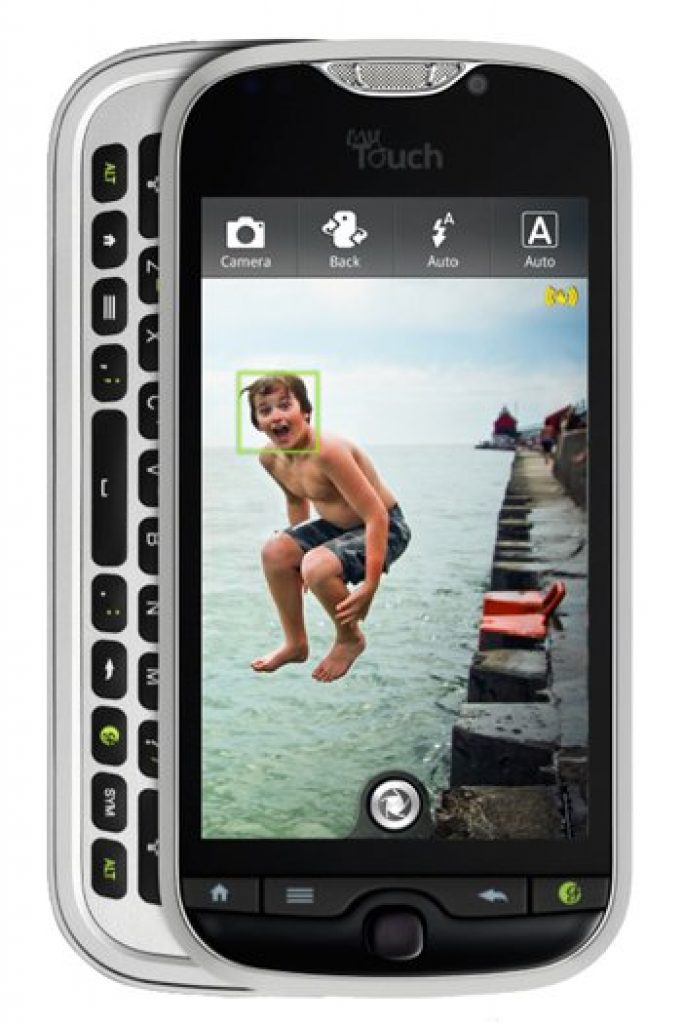As the early-September writeup mentioned my previous piece suggests, camera-inclusive smartphones are (by virtue of both their prevalence and their performance capabilities) an increasingly popular focus for embedded vision developers. Judging from a recent review in Wired Magazine of the new HTC MyTouch Slide 4G, the platform's imaging capabilities show no sign of plateauing. And were I a standalone still or video camera manufacturer, I'd be a little worried about my long-term business outlook. Check out these specifications:
- 8 Mpixel rear-mount, back-illuminated image sensor
- Dual LED flash illumination
- f2.2 maximum aperture
- Dual-core 1.2 GHz Qualcomm Snapdragon CPU
- Auto, SweepShot (panorama), ClearShot HDR (high dynamic range), BurstShot, Night, Action, Macro, Portrait, and Manual control modes
- 1080p video capture
But one of the system's most impressive features, at least to me, is only briefly hinted at in the Wired review within the phrase "Quick on the draw with barely perceptible shutter lag". Fortunately, TechCrunch's coverage elaborates by quoting directly from T-Mobile's press release:
The myTouch 4G Slide is the only cameraphone on the market with Zero Shutter lag technology. When a customer opens the camera application, the camera begins recording in the background in a memory buffer. When you snap the camera button, rather than waiting for a mechanical shutter, it looks at the timestamp of when you pressed the button and pulls the photo from the cache. Thus, there is no delay between pressing that button and grabbing that perfect shot.
So, developers, what can you do with such capabilities, premiering on this high-end platform but inevitably becoming mainstream in the not-too-distant future?


